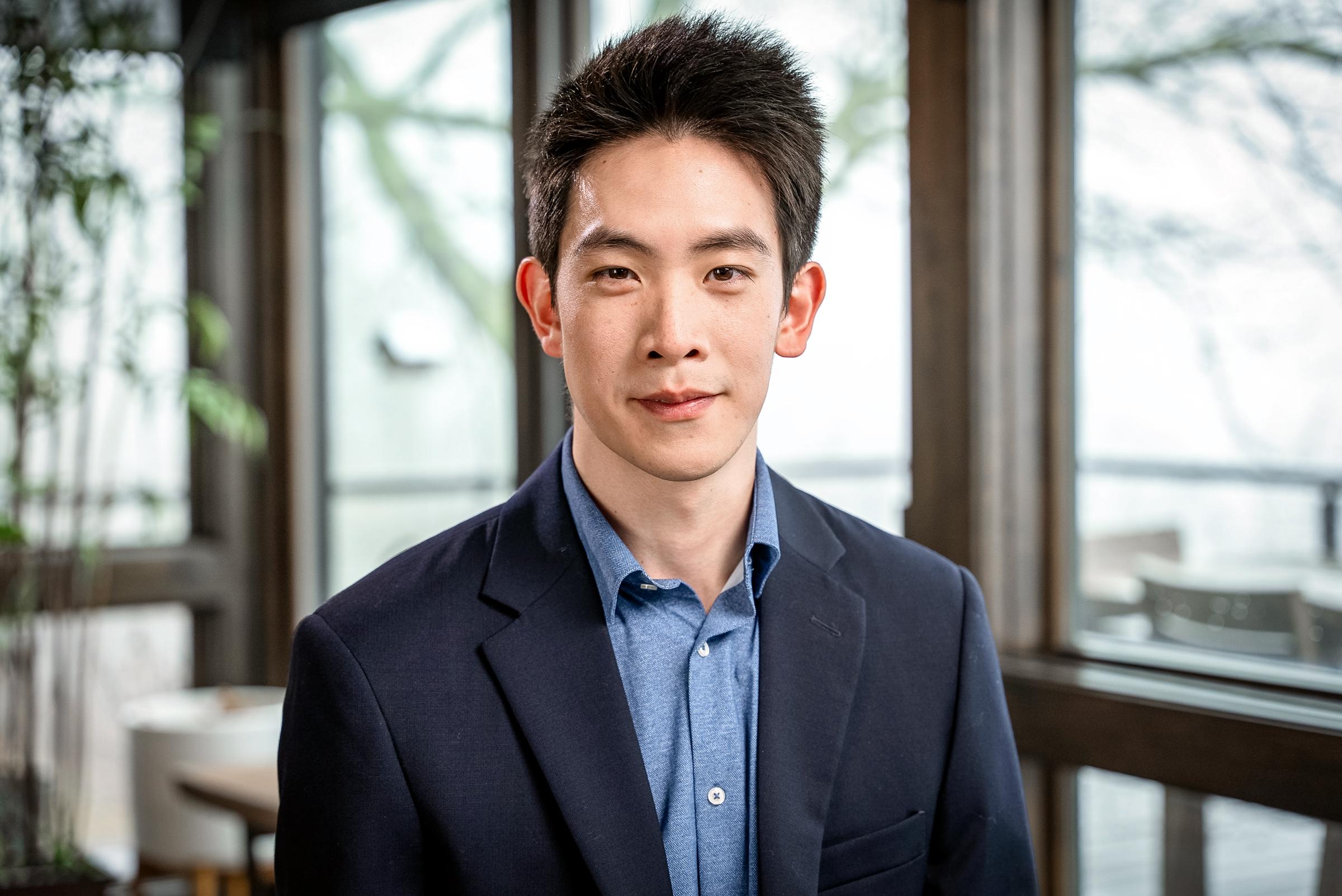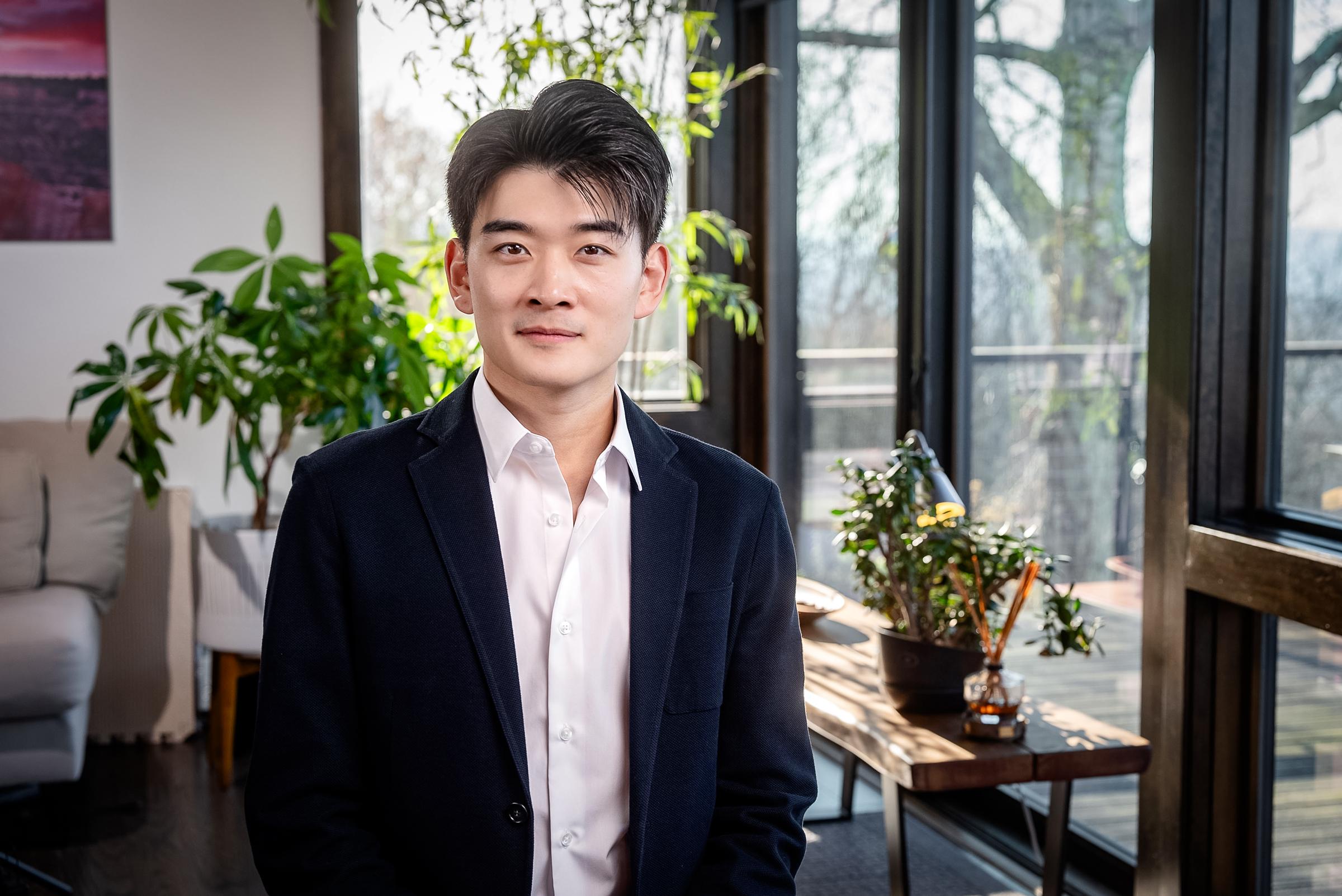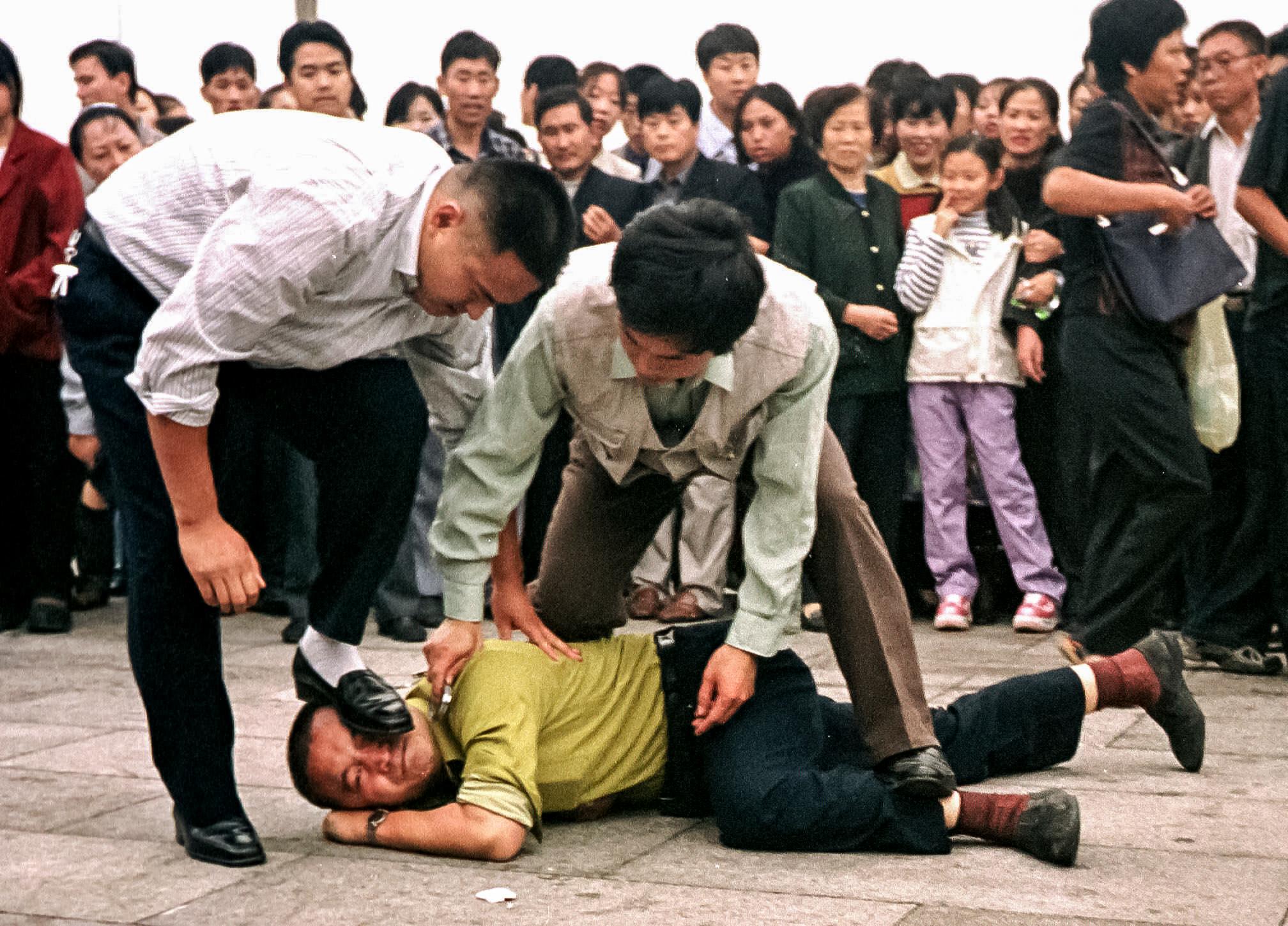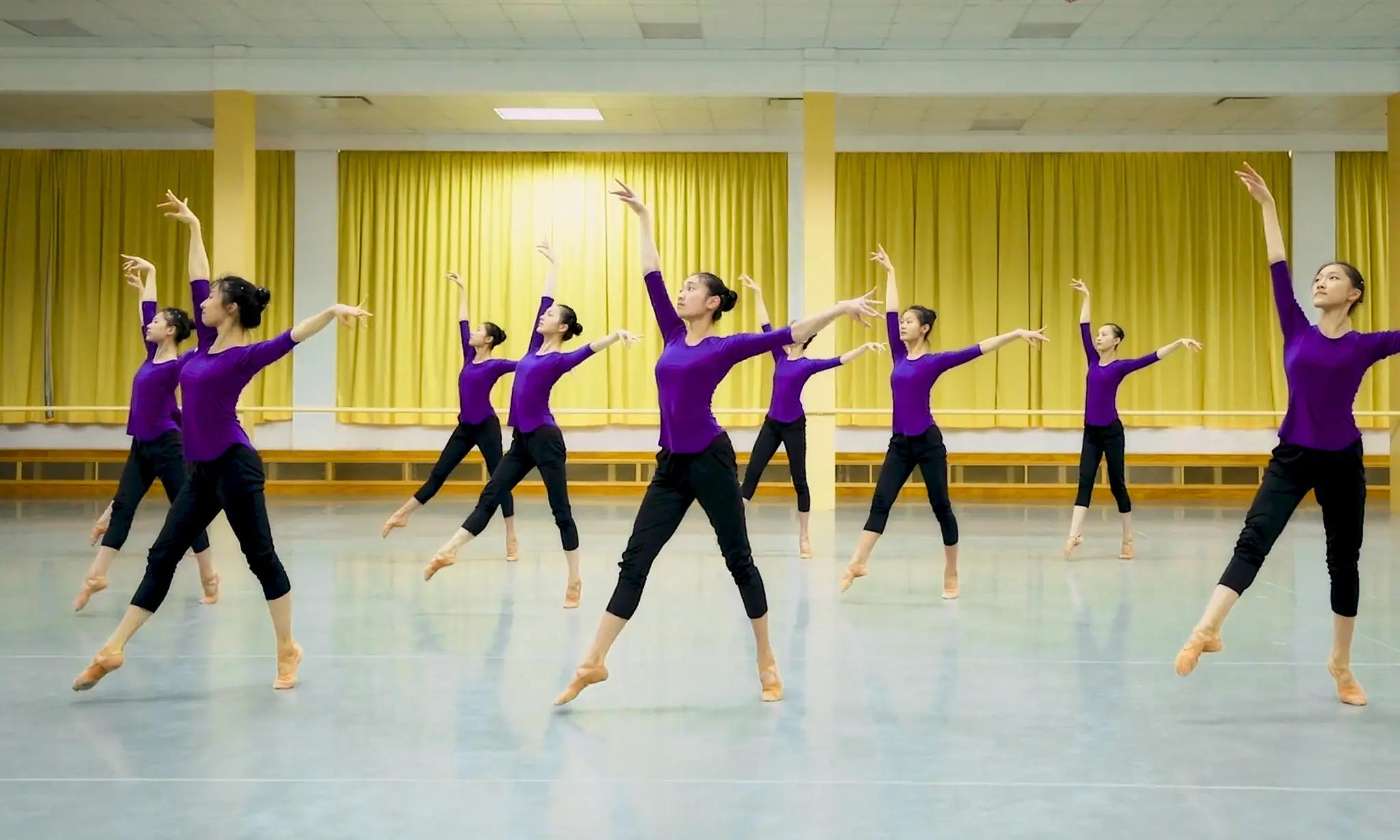The New York Times in a lengthy article published on Aug. 15 attacked Shen Yun Performing Arts, one of the world’s premiere dance and music companies, using misrepresentation, omission of key information, and questionable journalistic practices.
The authors, New York Times reporters Nicole Hong and Michael Rothfeld, ignored large amounts of information that contradicted the core claims of their article, and instead seemed to paint a picture based on a predetermined narrative.
The article relied heavily on interviews with a small group of disgruntled former performers to misrepresent the art group’s policies, the physical demands associated with professional dance, and the religious beliefs of the founders of the company.
The Epoch Times learned that several former performers contacted by the New York Times were asked questions specifically about dance injuries or other topics in a way that appeared designed to elicit negative comments about Shen Yun.
The Epoch Times also reviewed three responses written to the New York Times reporters in which ex-performers pushed back against the reporters’ approach to the story. The authors almost entirely excluded those responses, leaving in the 5,000-word article only one short comment from a former dancer praising Shen Yun.
Representatives from Shen Yun say the claims published by The New York Times came from a small group of former performers, some of whom were let go for breaking rules or failing to clear the bar artistically.
Shen Yun was founded in the United States by followers of the spiritual practice Falun Gong in 2006 to revive traditional Chinese culture untainted by communist influence. The company now has eight touring groups, composed of dancers, singers, and a full orchestra, that perform around the world for a live audience of about a million people per year.
The nonprofit performing arts company is headquartered at a picturesque campus in upstate New York that also includes two religiously affiliated arts schools, Fei Tian Academy of the Arts and Fei Tian College.
The CCP is well-known for its efforts to spread disinformation in Western society through proxies, including foreign media and social media influencers. Information recently leaked by Party insiders shows a renewed push in this regard, including specific instructions to support a Chinese YouTuber known for making threats toward Shen Yun and was flagged by the FBI as “potentially armed and dangerous” after he was spotted near the Shen Yun campus.
After The New York Times published its article, the YouTuber thanked the reporters for their “hard work” on social media and boasted that he had introduced them to former Shen Yun performers with grievances.

Medical Care
The New York Times article resurfaces some of the CCP’s earliest propaganda tropes, including—in the headline—that Falun Gong practitioners refuse medical treatment.The article alleges that 14 former Shen Yun performers told the reporters “they suffered untreated injuries or ailments—or saw others get hurt without receiving care.” It’s not clear how many of the 14 said they were injured and how many said they only saw somebody injured. It’s also not clear if these were separate or overlapping incidents.
The company denied that injuries go untreated.
“We do have injuries, but the rates are already really low when compared to professional sports or other performing arts companies,” said Piotr Huang, a principal dancer and instructor at the school.
That’s in part due to periodical exams to check fitness and proper technique, several dancers previously told The Epoch Times.
“In the very rare instances that someone did get injured, they’re always treated immediately,” Huang said.
In terms of specifics, The New York Times only mentioned a handful of examples: two dancers saying they sprained their ankles, one saying she dislocated her kneecap, one musician saying he cut his hand moving instruments, another musician complaining of shoulder pains, and two dancers with unspecified injuries of an arm and a thigh.
None of the performers were quoted as saying they were refused medical treatment. Rather, they said they didn’t ask to see a doctor because they feared they would be criticized for doing so.
The Epoch Times has spoken to dozens of current and former Shen Yun dancers, many of whom suffered injuries of varying severity and had them treated. None of them mentioned a fear of being criticized for seeking treatment.
Not unlike high-end athletes, elite dancers do have a tendency to bear discomfort and “tough it out,” several Shen Yun instructors told The Epoch Times.
“I’m the guy who thinks that every obstacle can be overcome by being tough, just breaking through it,” Huang said.
Last year, he started to feel pain in his Achilles tendon. He wanted to keep dancing, but his teachers told him to rest.
“They told me to really think about my career in the long term, that the risk of injury is not worth it,” he said.

Shen Yun instructors are always on the lookout for signs of strain or injury, said William Li, a principal dancer and instructor.
“As soon as I notice that anyone is feeling any kind of pain or discomfort, I would want that dancer to take a break, and then we would seek medical treatment right away,” he said.
About a month ago, he noticed that one of the dancers in his company seemed to have discomfort in her knee when landing jumps.
“As soon as I noticed that, I wanted her to get an MRI and X-ray right away,” he said.
The MRI revealed “a little bit of wear in her ligaments,” so she received treatment and “now she is resting,” he said.
“I think she’s going to be out for at least two more weeks before I want her to even start training again,” he said.
Other artists shared similar experiences.
Helena Huang began attending Fei Tian Academy in 2012 and started touring with Shen Yun as a flutist in 2014.
Some time ago, she felt tension in her neck, back, and shoulder. It went away after she gave herself a break from carrying heavy items, but when she mentioned it to her managers, she was still referred to a physical therapist.
“They were really concerned,” she said. “I don’t think any of our schools or the company limits us to not go to hospital or seek medical treatment.”
She was also aware that some Shen Yun musicians were taking Alexander Technique classes to help them relax muscles and improve posture.
As The New York Times acknowledged, Shen Yun emphasizes putting on a flawless show. Letting injured dancers on stage would undercut the company’s goal, Piotr Huang pointed out.
“You have a responsibility to the audience. We want to bring what is best to them,” he said.
“So really, we wouldn’t perform injured, because that’s just not responsible.”
Li agreed. “You keep your dancers healthy, and that’s how you grow as a company.”
Relying on an unspecified number of “former performers and instructors,” The New York Times alleged that some serious injuries were treated, but “such interventions were rare.”
The Epoch Times, however, spoke to doctors who said that they provide medical services for Shen Yun performers on a regular basis.
“I have personally medically evaluated two to three performers per month, approximately 30 dancers a year,” said Dr. Damon Noto, who teaches biomedical sciences at Fei Tian College and practices physical medicine, rehabilitation, and pain management at the Northern Medical Center, about a 20-minute drive from the Shen Yun campus.

“I have been consulted on everything from minor cuts and bruises, to sprains and strains, joint dislocations, severe joint or back pain,” he told The Epoch Times.
“In my interaction, the company and its managers have always shown great concern for the performers and have encouraged them to make sure they get appropriate care and workup.”
Because of its convenient location, the medical center has an understanding with Shen Yun to provide or facilitate medical services on short notice, including X-rays and MRI scans, its chief executive, Dr. Jingduan Yang, told The Epoch Times.
In addition to regular treatment, the center offers traditional Chinese medicine.
Serene Feng, doctor of oriental medicine at Northern, said she sees about 10 people from Shen Yun a month, coming for services such as pain management and stress release.
“Some of them visit me on a weekly basis, depending on the conditions,” she told The Epoch Times.
Yang said, “As far as I’m concerned, Shen Yun artists are getting very timely and actually more comprehensive and holistic therapies for any injuries that they might have.”
He explained that the center only sees cases when Shen Yun is at home. When the artists are on tour, they receive any required care in medical facilities around the world.
Questionable Journalistic Practices
The New York Times reporters displayed a lack of journalistic integrity in several regards.Email records reviewed by The Epoch Times show that Rothfeld and Hong provided Shen Yun with a mere 24 hours to provide medical records—documents that would have undermined the authors’ key claims about denied medical treatment.

Ying Chen, Shen Yun Performing Arts vice president, responded to their request for records, explaining why it was unrealistic in such a short time.
“You are asking us to get a significant representation of medical records for treatment of injuries going back some number of years ... obtain the necessary sign-off from each patient ... in order to legally share these private medical records, and hand all those over to you, with a 24-hour turn-around? You do understand our artists have been treated by medical professionals across Taiwan, Japan, South Korea, the U.S., Canada, and Europe?” she wrote to the reporters.
Chen then offered to arrange interviews with dancers instead.
“As an alternative idea, we wonder if you would find it useful and informative to speak with several of our artists who have received various levels of medical treatment so you can hear from them first-hand about their injuries, treatment, and recovery?” she wrote in the same email.
Rothfeld responded to Chen shortly after. “Thank you. We will take all of this into consideration,” he wrote.
Two hours later, the article appeared online—in both English and Chinese—along with two companion pieces.
When a subject offers to provide relevant information, but apparently needs more time, the responsible action would be to delay the story, said Christine Tatum, former president of the Society of Professional Journalists, who now runs communications firm Media Salad.
Ignoring the offer of interviews “is not fair,” she told The Epoch Times.
“I would say that that’s not ethical,” she said.
That would be doubly true when the story isn’t breaking, she noted.
“If you’ve been working on this story for a year, I am pretty darn sure you could put this off another week,” she said.

Boarding School Policies
The Shen Yun campus houses a Buddhist temple, a grade 5–12 boarding school, and a college, as well as production and rehearsal spaces for the performing arts company.Maintaining a safe and productive environment requires rather strict policies, not unlike those of other elite boarding schools, several current and former instructors and performers said.
They said they felt that The New York Times’ piece went to great lengths to mischaracterize the rules as nefarious.
The article said that students couldn’t leave campus “without special permission and were typically limited in how often they could see their families.”
In reality, students who are minors cannot walk off the campus without permission because the school is responsible for them.
“It’s discouraged to visit on school days [so as] to not disrupt their schedule. Otherwise, there’s no issue,” she told The Epoch Times.
Students and adult performers alike are also expected to follow a moral code based on traditional values. They cannot bring dates on campus or date other students before reaching adulthood.
It’s customary in traditional Chinese culture to defer dating until after one’s studies, Sun said.
The schools discourage students from spending too much time online and looking at content unrelated to their studies, especially video games. Students can only use phones with restricted data, and computers that have parental filters engaged, as would be expected at a religious school, current and former students and instructors said.
“Schools nowadays have a headache with students always on [their phones], making them lose focus in class. So I don’t think there’s anything wrong with this,” Helena Huang said.

Elusive ‘Threats’
The New York Times claimed that “some performers who wanted to quit before the group was ready to let them go faced threats and intimidation.”“Their managers told them they would go to hell or face danger if they left, because they would lose ... protection [from Falun Gong’s founder],” it said.
None of the current and former performers, students, instructors, and parents interviewed by The Epoch Times said they'd experienced what the article described.
“I’ve never, ever heard anyone say that if you leave, you would go to hell,” Li said.
“I know, actually, many artists who did leave, and they have since started businesses or they’re doing some other careers, and I keep in touch with them, and they’re doing well.”
“In all my experiences here, if you want to leave, you can leave,“ Helena Huang said. ”It’s really your own free will. ... There are no consequences to that.”
Austin Zhong, a violinist who enrolled in Fei Tian in 2009, said he left in 2020 to pursue a postdoctoral degree in violin, which wasn’t offered at Fei Tian. When asked, he said he faced no threats or intimidation; he only mentioned that his parents were sad about his decision to leave Shen Yun.
“Ultimately, they respected my decision,” he said.
Aside from continuing his musical career, he also works part time for NTD Television, a sister outlet of The Epoch Times. Both NTD and The Epoch Times are media sponsors of Shen Yun.

Criticism of Performers
Some former performers featured by The New York Times took issue with being criticized by Shen Yun instructors for their shortcomings, be it subpar stage performance or, in some cases, failure to maintain an optimal weight.Many current and former Shen Yun performers told The Epoch Times that honestly pointing out mistakes is an integral part of the company’s culture. While the criticism isn’t always easy to hear, they said, it’s crucial to maintaining Shen Yun’s exceptional artistic level.
“For such a successful company, I think everyone needs to have a perfectionist mentality,” Zhong said.
Parent Kevin Yang said it wasn’t surprising to him that some people couldn’t make it at Shen Yun and would leave with complaints. To him, it was more noteworthy that The New York Times was only able to find a smattering of such individuals.
“It’s more about [the individuals] themselves. It’s not about the company,” he said.
At one point, the article took issue with an orchestra manager encouraging a group of performers to “endure hardship.” Multiple former Shen Yun performers noted that hardship is par for the course to reach world-class excellence.
“Classical Chinese dance is one of the hardest forms of dance, in my opinion, in the world. So if you sign up for it, you come here willingly, and then you cannot take criticism, I think that’s totally on you,” Piotr Huang said.
“There was definitely no such thing as what [The New York Times article] calls abuse,” Helena Huang said.
Li said he was inspired by his teachers’ attitude, back when he was a student.
“They’re always trying to help others, especially the younger dancers, and their selflessness really impacted me a lot,” he said.
“I think that now that I’m a teacher, I teach younger students as well, and that is the lesson that I want to impart on them.”
Zhong said, “I think Shen Yun treats their dancers actually a lot better than most companies.”
According to The New York Times, one dancer developed an eating disorder because of pressure to maintain a certain weight.
Spiritually Uplifting
The New York Times article further claimed that some former artists were told that Shen Yun shows save people from “an approaching apocalypse” and that making mistakes during performance “might eventually doom their audiences to hell.”“If you don’t do it right, then it’s on you. Then the universe is not saved because of you,” one former dancer allegedly said.
Many current and former Shen Yun artists told The Epoch Times that they believe the show helps save people in the sense that it uplifts them spiritually. Indeed, hundreds of video clips online show audience members praising the show for doing just that, in addition to being artistically sublime. The artists rejected, however, the talk of the “apocalypse.”
Portraying Falun Gong as an apocalyptic belief system copies one of the early points in the CCP’s propaganda efforts against the group. Falun Gong practitioners themselves have rejected the notion of an impending end of the world. The discipline’s literature includes mentions of terms such as “end of Kalpa” or “end times,” but those don’t appear to refer to the world’s end, but rather to a period of moral decay that corresponds with natural and man-made disasters. Some Shen Yun pieces over the years have included scenes of natural disasters that were ultimately averted by divine intervention.
The current and former artists who spoke with The Epoch Times denied having any belief that making a mistake on stage could somehow endanger the universe.
The New York Times took issue with Fei Tian students being told to study Falun Gong literature and follow its teachings, calling it “indoctrination.” The article omitted the fact that the Fei Tian Academy and College are both religious schools.
Students on Tour
The New York Times criticized Shen Yun for its successful box office sales, while also claiming it “spends a far smaller share of its revenue on salaries than several other large nonprofit dance and theater companies based in New York.”The article didn’t mention which other companies it was comparing Shen Yun to or how much Shen Yun artists are actually paid.
Fei Tian students are allowed to apply to go on a tour with Shen Yun as part of their practicum to earn school credit. During touring years, they also get a stipend.
Some parents of Shen Yun dancers described the stipend as an added bonus, given the generosity of a Fei Tian scholarship, which covers everything from schooling, textbooks, accommodations, and food.
Li said, “After I graduated from college, I was debt free, and I got hired by the company, so it was a great career path for me.”

Those who spoke to The Epoch Times said they cherished the opportunity to tour with the company during their student years.
“It’s a wonderful experience for the younger performers,” said Nancy Zhang, a former Fei Tian student and a Shen Yun emcee since 2013.
“That was probably one of the best experiences of my life,” Li said.
Helena Huang concurred. “It was very fulfilling for me to go around the world and perform at all these prestigious theaters as a student,” she said, noting it helped her grow professionally.
“Working with these world class artists who are employed by Shen Yun, you actually really learn a lot.
“They’re very humble, but yet they’re also very hard working. You see how far these people got, and you see that you can also reach that if you work hard and persevere.”
Piotr Huang had a similar experience. “All these veteran dancers that were there already, they took me under their wing, and they taught me,” he said.
Downplaying Human Rights Abuses
In its 5,000-word article, The New York Times completely sidesteps the massive persecution campaign Falun Gong practitioners face in China.The newspaper devotes a mere 52 words to it.

In an accompanying article published the same day, The New York Times does mention organ harvesting, but only quotes one expert, who denies there’s any evidence that Falun Gong practitioners are systematically killed for their organs in China.
Despite that evidence, The New York Times has consistently downplayed the issue.
Didi Kirsten Tatlow, a former New York Times reporter, said that the paper blocked her from investigating and reporting on organ harvesting in China. She left the paper shortly after.
“It was my impression the New York Times, my employer at the time, was not pleased that I was pursuing these stories [on organ transplant abuses], and after initially tolerating my efforts, made it impossible for me to continue,” she said in her 2019 testimony to the China Tribunal.
“Not only are the victims’ plights typically treated with silence and indifference, but even more damaging—when they are reported [by The New York Times]—articles are riddled with misrepresentations, inaccuracies, and outright hostility, displaying a shocking degree of unprofessionalism and bias,” states the report, released on March 21 by the FDIC.

China Ties
Since its inception, Shen Yun has been a prime target of the CCP.The company is the only one of its kind that portrays “China before communism” and uses performance art to expose some of the atrocities committed by the CCP.
“The Chinese regime has made a strategic decision to escalate its persecution against Falun Gong worldwide, expanding its propaganda, disinformation, and transnational repression activities to target Falun Gong more aggressively outside China, and especially in the United States,” the FDIC report reads.
The whistleblowers provided notes from a meeting by China’s Ministry of Public Security at the provincial level. The regime’s strategy involves CCP agents feeding “malicious” and “negative” information about Falun Gong to U.S. media outlets as well as social media influencers, the notes said.
CCP officials singled out two individuals who’ve been producing and promoting anti-Falun Gong and anti-Shen Yun content on YouTube in recent years.
One of them is a Japan-based former employee of a CCP-run media outlet. The other is a Chinese immigrant in the United States who has made various threatening comments toward Shen Yun personnel in his videos.
The whistleblower’s notes from the June meeting state that “all provincial-level governments [must] provide resources to fully support [the two influencers and others] to fight with Falun Gong” and to supply them with “all malicious information on Falun Gong gathered by the Ministry of Public Security internally.”
According to the FDIC, at least four of the people interviewed by The New York Times were connected to the influencers—either appearing on their channels or promoting their content. The individuals also helped recruit disgruntled ex-performers to talk to The New York Times, the report says.
The U.S.-based YouTuber said in a post on X that he was the one who introduced “at least the initial” former performers holding grievances against Shen Yun.
Last year, the YouTuber was spotted near Shen Yun’s campus. The FBI subsequently issued a warning to local law enforcement describing him as “potentially armed and dangerous.”
He was arrested and faces charges for possession of illegal firearms after police found in a search of his home a handgun, an AR-15 rifle, more than 600 rounds of ammunition, and 14 magazines for the weapons.
After the New York Times article came out, he thanked the authors in a post on X for their “hard work.”
In another post, he encouraged people to use the article to persuade lawmakers and theaters to cancel Shen Yun shows.
In yet another post he described Shen Yun managers as his “enemies” he was trying to have sent to prison.
“It is sad to see media companies in the West, wittingly or not, get caught up in the CCP’s illicit, global campaign to destroy the American company we built,” Shen Yun said.



















